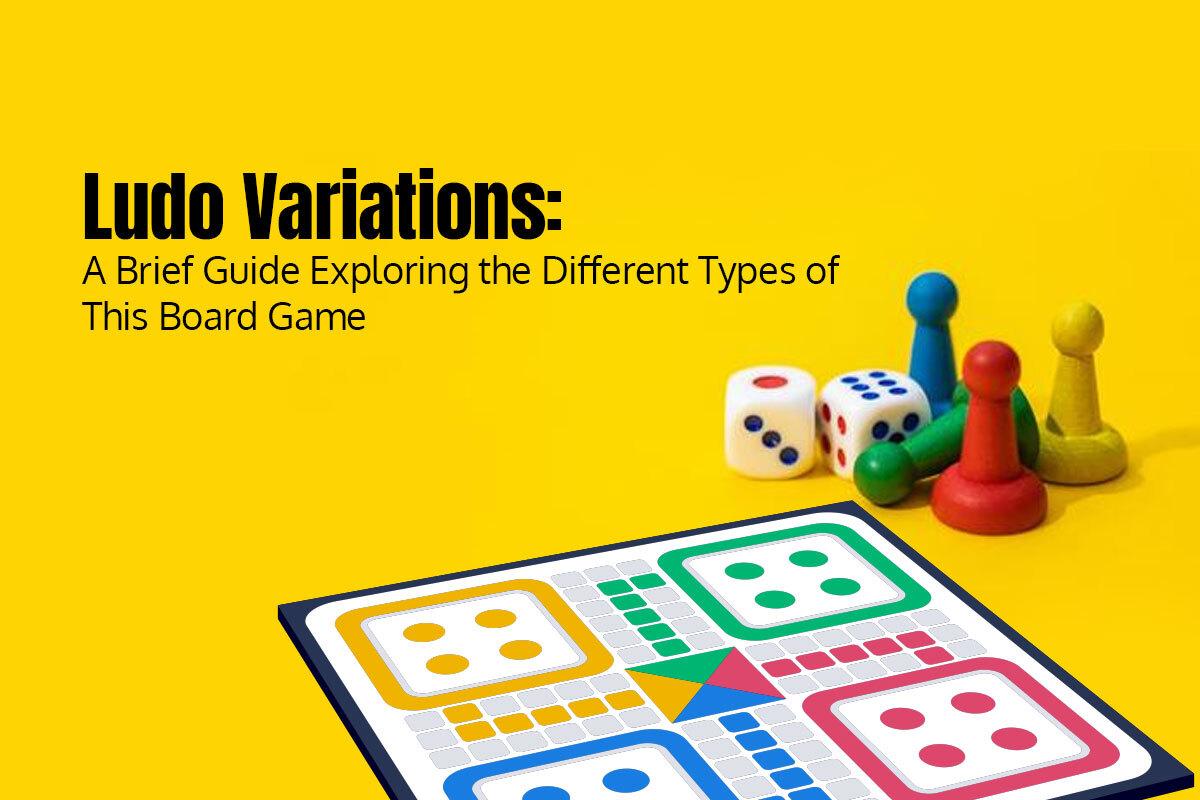Ludo does not need any introduction. It is a board game in which two to four players can participate. One can partner with the player on the opposite and play against the rest of the two. The simpler rules and easier gameplay make Ludo a popular board game for many.
This board game gained immense popularity back in the day. People were hooked on this game. The thrill of rolling a die and calculating moves made it a staple for the locals. There is no difficulty in guessing that Ludo has various formats as it is played across the world. Players generally download and play the online Ludo game and earn money. Every country has its version of this board game resulting in an interesting story. The players follow the specific rules compiled by the locals and make it more interesting. Check these popular versions of Ludo preferred by admirers across the world.
Table of Content
Popular Versions of Ludo
1. Standard Ludo
The standard version of Ludo is the most common and widely recognized. It features a square board divided into four quadrants of different colors, and each player has four tokens that they need to move from their starting position to the center of the board. The gameplay involves rolling dice, counting the steps, and moving the tokens accordingly on the designated track. A dice is rolled on the board, and only a six will let the player bring out a token from its quadrant. The first player to move all their tokens to the center of HOME wins the game. The path of the tokens of all colors crosses each other. These tokens have the capability of canceling tokens of other colors and sending them back to their respective quadrants to start over.
Also Read: 5 Tips on Developing a Profitable Sports Betting System
2. Chinese Ludo
Chinese Ludo, also known as Shuanglu, is a variation of Ludo that is played on a circular board. The objective of the game remains the same—to move tokens from the starting point to the center—but the circular layout adds a unique twist. The movement rules and gameplay mechanics are typically similar to the standard version, with players taking turns rolling the dice and moving their tokens around the circular path. Players choose their colors and start playing this game by following the rules of standard Ludo. The twist comes when the players have to carefully cross the circular path and reach the designated home. The player with all his tokens in the Home section wins the game.
3. Indian Ludo
In India, Ludo is often played with variations in the rules and board design. Indian Ludo boards are typically larger than the standard version and feature additional safe zones and shortcuts. The gameplay may involve more dice rolls per turn, allowing players to make strategic decisions and navigate the board more efficiently. Indian Ludo can also introduce variations in token movements, such as the ability to move backward or move an opponent’s token. Almost similar to the Standard Ludo, this game is customized as per local practices. The local variations change from place to place, making it a fascinating board game to play and enjoy.
4. Mega Ludo
Mega Ludo is a version of the game that emphasizes larger-scale gameplay. It is played on a significantly larger board, often with additional squares and more tokens per player. The increased size and complexity of the board make for a longer and more challenging game. Mega Ludo often involves more players as well, adding to the competitive nature of the game. As the name suggests, a player has to consider an elaborate strategy to win a board. There are four colors in this version, but the track for the tokens is longer. The number of tokens for every player may be more than four.
5. Speed Ludo
Speed Ludo, as the name suggests, focuses on fast-paced gameplay. As the name suggests, the tokens need to be moved by a player faster than any other version. There might be a time limit for a turn to roll a die every player has to abide by. In a few of its versions, players are even allowed to make multiple turns and move their tokens on the given track. They can even skip spaces on the designated board. The prime objective is to complete a board faster, making it more intense.
6. Battle Ludo
Battle Ludo, also known as Frustration or Don’t Get Angry, introduces elements of strategy and direct confrontation between players. As the name suggests, the tokens have the power to land on others and send them back to their specific quadrants. Imagine a player with a winning streak suddenly witnesses his tokens being consumed and canceled by the opponents. This thrill makes this version even more interesting. The constant measurement of risks while using turns to move the tokens is fascinating.
Also Read: The Future of Online Slots – VR and Beyond
Wrapping up
These are just a handful of Ludo versions played across the world. The raging popularity for centuries has led to the foundation of different versions of Ludo. No matter which version you are playing, it surely takes the edge off. Players of almost all ages can play this game and bond. The most popular version is converted into online gaming apps. You can download and connect with anonymous players to play this exciting board game and enjoy the thrill. Learning to play this game is quite easier. The engaging graphics and audiovisual representation of this game will surely keep you hooked.







